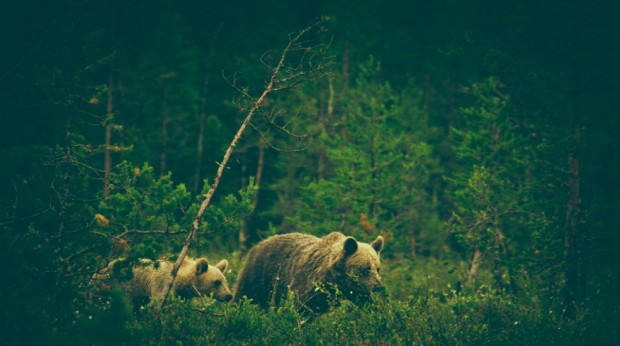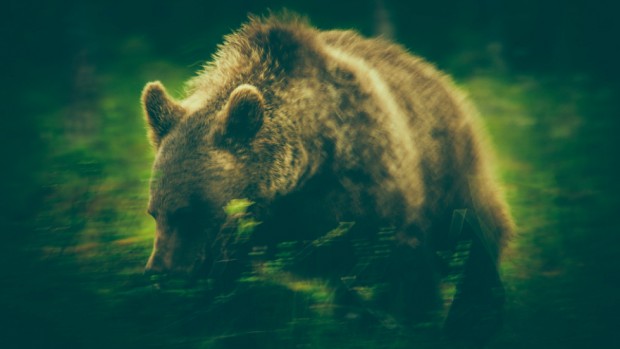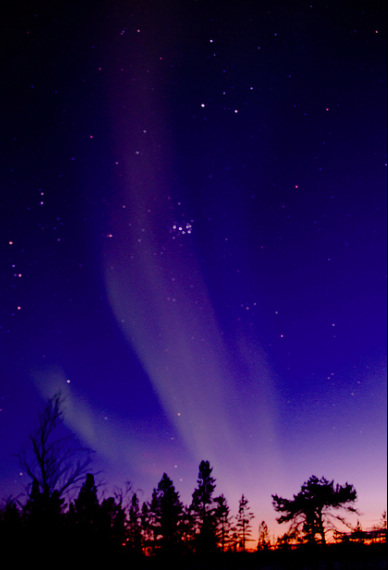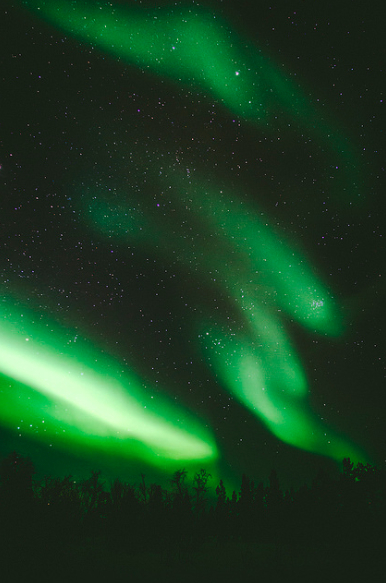Europe has a long history of bear hunting, for meat, fur, bounty and sport. Hundreds of years of hunting had wiped out bears in most of the countries. Even today, tourists can still go on trophy hunts in parts of Eastern European.
But it isn’t all bad news for bears. With better management, populations are on the rise. The European Commission estimates that existing brown bear populations are stable or increasing across the continent.
But because bears are shy, elusive creatures, scientists must be creative to find ways to keep tabs on their populations, especially in remote regions.
Alexander Kopatz, a wildlife biologist at Bioforsk, the Norwegian Institute for Agricultural and Environmental Research in Svanhovd, Norway, monitors brown bears without coming into contact with them. He and his team use genetic techniques to tease out information left behind in bear hair and scat samples. “You can basically forget about seeing them,” he says. “That’s the purpose of doing genetic testing. We don’t want to disturb them, and more often, we simply don’t know where they roam.”
Kopatz is an expert in “hair trapping,” which was pioneered by Canadian bear researchers. He lures bears to his sampling station with a foul-smelling liquid made from fermented fish and blood that stinks like a carcass. He sets up a length of barbed wire around the lure, about 18 inches above the ground. After investigating and perhaps rolling in the lure, the bear will climb over the wire or even play with it. As the bear leaves, the barbs snag a tuft of hair.
Back in the lab, that hair can yield a wealth of information about its owner. By looking at specific genetic markers, Kopatz and his colleagues can determine its sex and where it is from. They can give each bear a unique ID and see if they have collected hair from it in the past. With enough samples, they can even estimate the number of breeding individuals in a population, whether the bears are inbred, their family structures, and if migration occurs between different countries.
“Some areas are better connected than others,” says Kopatz. While the Swedish population is slightly isolated, he says they sometimes detect Russian migrants in Norway. Though the Russian brown bear population is the largest in the world, it’s a “black box” right now and they don’t have good data on its population structure. Overall, Northern European bears are healthy and their populations are large enough that inbreeding is not a problem.
Researchers also use genetic information from bear scat collected nearby. Norway is an excellent place to collect bear feces because the cool, damp environment preserves the DNA. He works with multiple management agencies as well as the community to spot and collect samples. “That is absolutely crucial,” says Kopatz. “You cannot do any kind of this monitoring work without wildlife managers, local people and hunters. It’s a joint effort.”
Attitudes towards brown bears are generally positive in Norway, he says. Occasionally a bear will break into an isolated cottage and drink beer and eat food left behind. But attacks on humans are exceedingly rare. Regulatory agencies in Norway will assign hunters to remove problem bears that kill dogs or attack reindeer herds.
Rarely, Kopatz will spot a bear in the wild while conducting his work. Once, he surprised a bear that was sleeping just feet away. Kopatz heard only a snort, and then saw his receding backside. But he often sees birds, moose and reindeer.
“Two years ago we had a very strong lemming year so the lemming population was exploding – you were stepping on them, almost.”
During his early morning trips to check the hair traps, Kopatz has taken some remarkable photographs. “When you’re in the field you stumble into amazing nature environments,” says Kopatz. At that hour, he would usually rather be sleeping, “but then you notice the great light, the great atmosphere and the location.”
All of his bear photography took place at bear blinds: locations where people set out food, so that tourists and nature photographers can hide behind camouflaged structures and photograph the animals. “This is a research area I would like to investigate more: How they are altering the behavior of the bears?” he asks. “Bears are not stupid, they know humans are around.”
He realizes that these bear blinds offer jobs and income in rural areas, as well as opportunities to educate people about bears. But he cautions that any interaction where humans exploit a large predator by providing food should be handled very carefully.
Kopatz’s photos of the arctic landscape, a variety of animal species, and the northern lights can be found at his website, Facebook, Instagram, and Flickr stream.




